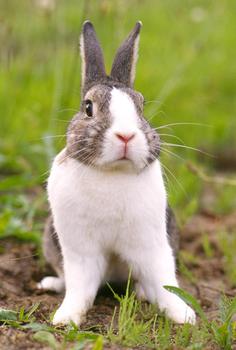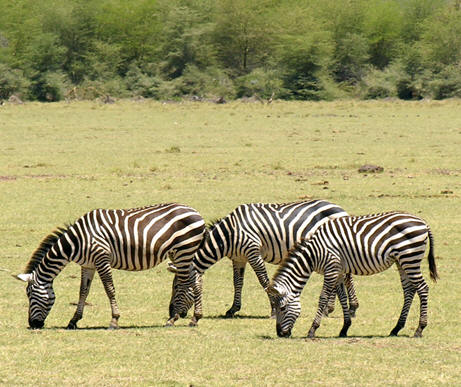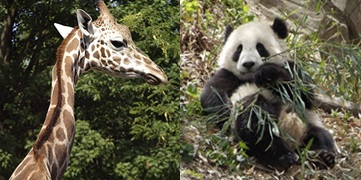| Animals World |
|
|
Herbivore
Herbivores are animals whose diets consist entirely
of plants. They have two ecological
functions. First, they eat plants and keep them
from overgrowing. Second, they are food for carnivores,
which subsist almost entirely upon their
flesh, and omnivores, which eat both plants and
animals. Herbivores live on land or in oceans,
lakes, and rivers. They can be insects, other arthropods,
fish, birds, or mammals.
|
Look also: Most Popular AnimalsPrincipal Terms
carnivore: any animal that eats only the
flesh of other animals |
|
Copyright 2016 |
|



